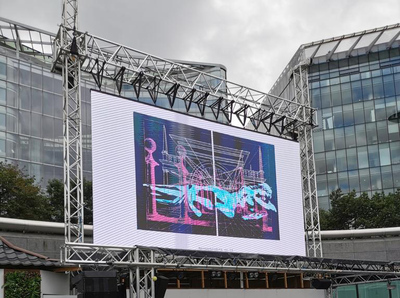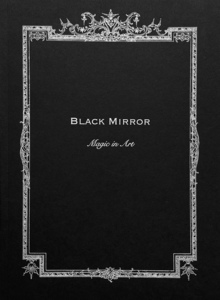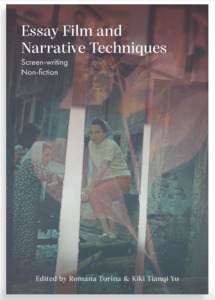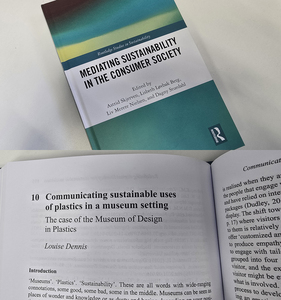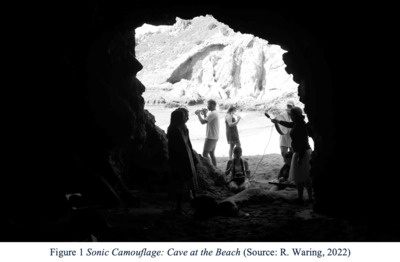Photography’s role in the historical framing of how we see can hardly be overestimated: heralded as the most extraordinary invention in vision, it was meant to deliver the promise of technology’s ability to enrich and improve human sight. Simultaneously, the medium’s capacity to offer photographic evidence placed it at the crossroads of the techniques of representation and regulation. Even as the machine is ever so rapidly substituting the eye in the forging of endless stream of visual data that we are now subjected to, digital vision still relies on the photographic image.
Against such a background, this article departs from a proposition that if we were to envision different ways of seeing we can start from a reformulated understanding of photography. In order to do so, the article critically examines recent photographic works by Taisuke Koyama and Nihal Yesil and argues that abstract photography in particular enables the recognition of material entanglements between the medium and what it aspires to represent. ‘Following’ such materials as cellophane, aluminium, PVC as well as light, the article also mobilises Karen Barad’s project of agential realism in its view of abstract photography as a tool for looking with, a vehicle that enables the rethinking of the medium and, by implication, the ethical parameters of vision that hinges on it.
 |



 Lists
Lists Lists
Lists

